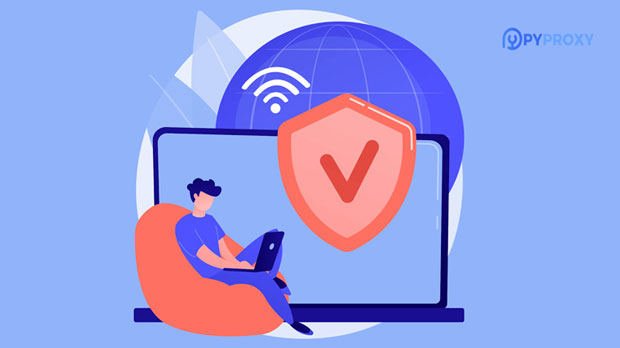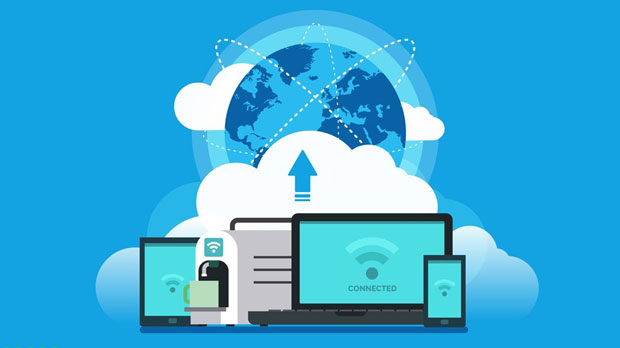residential proxy services have become increasingly popular due to their unique advantages over traditional data center proxies. These proxies use real IP addresses assigned by Internet Service Providers (ISPs), meaning they appear as legitimate users accessing the internet. On the other hand, data center proxies are typically generated from data centers and often get flagged by websites or online platforms as non-authentic, leading to blocks or CAPTCHAs. The residential proxies are ideal for tasks like web scraping, market research, ad verification, and accessing region-restricted content, providing a more reliable and effective solution than their data center counterparts. This article delves deeper into the advantages of residential proxies over data center proxies, focusing on security, anonymity, geographic diversity, reliability, and overall performance. 1. Authenticity and ReliabilityOne of the key advantages of residential proxies is their authenticity. Since they are provided by real ISPs, these proxies are recognized as legitimate by websites and online services. Data center proxies, in contrast, are often viewed as suspicious, especially since they originate from data centers that are commonly associated with bots or automated activities. Websites frequently block or flag traffic originating from data centers to avoid fraudulent activities.For tasks like web scraping, where continuous and extensive access to websites is necessary, using residential proxies ensures that your actions are less likely to be detected. Data center proxies, being more prone to detection, often require more maintenance, making them less reliable for long-term operations.2. Geographical DiversityResidential proxy services offer a vast range of geographic locations. These proxies are tied to real-world locations, meaning that you can select IP addresses from virtually any region around the globe. This makes residential proxies an excellent choice for businesses that need to gather region-specific data, access localized content, or perform market research in different countries.Data center proxies, while offering numerous IPs, are often limited by the number of locations available within data centers, making them less flexible for tasks requiring geographic diversity. Additionally, many websites are aware of common data center IP ranges, and some actively block or restrict access from these regions.3. Enhanced Security and AnonymityResidential proxies provide an additional layer of security and anonymity because they are less likely to be traced back to a single source. When using data center proxies, websites can detect traffic coming from a known pool of IPs and could potentially link the activity to a single entity or organization, reducing anonymity.Residential proxies offer a higher level of privacy, especially for individuals engaging in activities like competitor analysis, private browsing, or market research. This anonymity can be crucial for businesses that want to protect sensitive information and avoid potential data breaches or cyber-attacks. Furthermore, residential proxies are less likely to be detected by anti-bot software, ensuring a smoother experience.4. Better for Large-Scale OperationsWhen it comes to large-scale operations like web scraping or automation, residential proxies offer better scalability and performance. Since data center proxies are often detected and blocked after repeated use, it can be difficult to maintain large-scale scraping projects over extended periods. Residential proxies, due to their diverse pool of real IPs, allow businesses to scale their operations without worrying about IP bans or blocks.For example, if a business is running a large-scale ad verification campaign or trying to scrape thousands of pages from an e-commerce website, residential proxies provide a consistent solution. Their ability to mimic real-world traffic patterns ensures that these activities are carried out efficiently and effectively without being hindered by access restrictions.5. Lower Risk of IP BansAnother significant advantage of residential proxies is the lower risk of IP bans. Since residential IPs are used by real users and are spread across a variety of ISPs, they are far less likely to be blacklisted. Data center proxies, on the other hand, are often associated with large-scale bot operations, making them more susceptible to bans or restrictions.This difference is particularly important for businesses that rely on continuous access to websites for data gathering or competitive analysis. Using residential proxies reduces the chances of encountering interruptions or being locked out due to IP blocks. Websites are more tolerant of traffic originating from residential proxies because they do not suspect such traffic to be automated or bot-driven.6. Better Performance for Sensitive OperationsCertain operations, such as accessing geo-restricted content or conducting secure transactions, require a high level of performance and security. Residential proxies are better suited for these tasks because they are perceived as genuine users, which enhances their ability to bypass restrictions, CAPTCHAs, or other anti-bot measures.Additionally, because residential proxies are less likely to experience performance degradation (e.g., slow speeds or frequent disconnections), they provide a more stable and reliable connection. This is essential for users who need uninterrupted access, particularly in competitive scenarios or when performing sensitive online tasks that require high-speed and secure connections.7. Better for Market Research and Competitor AnalysisFor businesses engaged in market research or competitor analysis, residential proxies are an indispensable tool. They allow access to pricing data, product information, and trends from different regions without triggering anti-bot filters. Residential proxies also provide anonymity during data gathering, ensuring that competitors are not aware that their activities are being monitored.Data center proxies can often be detected during such tasks, leading to inaccurate data collection, blocked access, or delays in gathering necessary information. Since residential proxies use real ISPs and legitimate IP addresses, they are less likely to be flagged, ensuring the integrity of the data gathered.ConclusionIn conclusion, while data center proxies have their uses, residential proxies provide a more secure, reliable, and effective solution for tasks that require authenticity, geographical diversity, anonymity, and large-scale operations. The benefits of residential proxies, such as enhanced security, lower risk of IP bans, better performance for sensitive tasks, and superior geographic flexibility, make them the preferred choice for businesses and individuals who need continuous, uninterrupted access to websites and online services. Residential proxies are essential for any organization looking to scale their operations, access region-specific content, and maintain security while avoiding detection or restrictions. For any business looking to ensure long-term success in web scraping, market research, or other proxy-related activities, residential proxies undoubtedly offer a more valuable and reliable solution than their data center counterparts.
Jul 11, 2025


































































